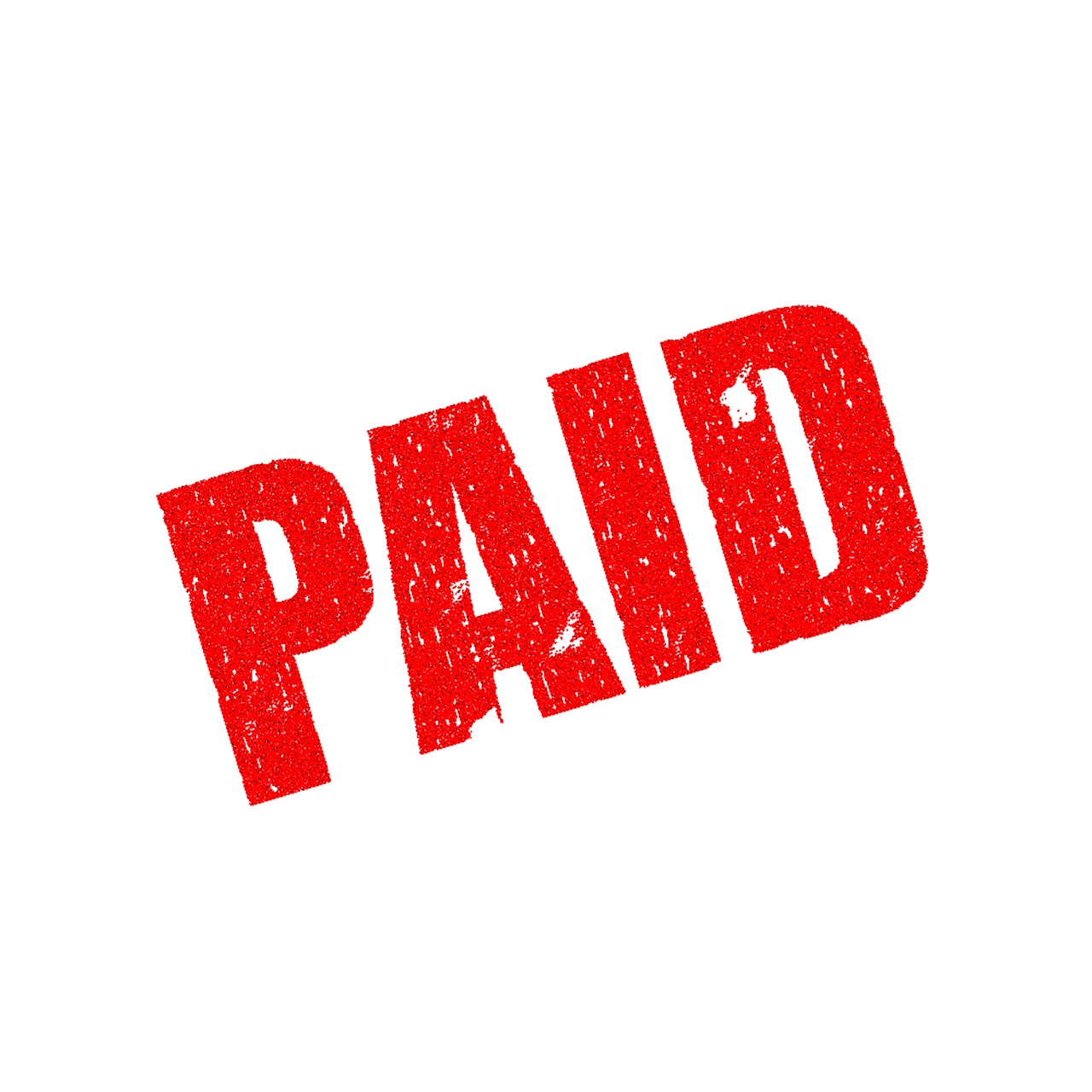As explained before, the recent tightening of rules and policies within the Consumer Taxation Branch (CTB) for PST refunds continues to deter claimants from submitting refunds in the first place. It has certainly been a more difficult process for us, and we’ve been performing PST Refunds since 2002.
I’d like to draw attention to a recent situation that involved providing proof of payment for invoices that were submitted that included PST that was paid in error. In the past, we generally submitted cheque stubs (not cancelled cheques) with every one of our invoices to confirm payment was issued to the vendor. It was common practice for the CTB to request further proof of payment, by way of bank statement or returned/cashed (cancelled) cheques for invoices of substantial amounts (i.e. tax paid of $5,000 for example would most certainly require more evidence).
What is not well known is that the CTB prefers these two forms of proof of payment, but it is not all that they will accept. Historically, they would also accept a statement of account or a letter or email confirmation from the vendor that verifies that the invoices have been paid. What has changed are two things a) Their willingness to accept the alternative methods and b) The degree of assurance they require.
On the first point, is there unwillingness to accept alternative methods of proof of payment. I recently submitted a statement of account via email from a vendor that included a history of about two years and all invoices in the refund application, and more. The details that were included were: client (claimant) identification, invoice date, invoice number, sub total, tax, fees, payment date, payment reference, outstanding amounts, and more. The statement of account came from the accounting department of the vendor, then I forwarded it straight over to the refund auditor with the CTB. It was unaccepted, and for no reason given, just the requirement to supply the standard proof of payments (bank account or cancelled cheques). I could not obtain either, as the payments came from a 3rd party (which is not an issue when it comes to PST refund – another topic).
I had to enquiry why the statement of account was not accepted, and it was because there was no way to confirm that the statement of account actually came from the vendor (it was forwarded from me, there was no vendor identification on the actual attached statement).
Major point: What was acceptable to the CTB was when I requested the vendor to resend the exact same statement of account directly to the CTB instead of routing it through me. This was accepted by the CTB.
This process is the same for any statements from 3rd parties that the CTB requests. They either need to come directly from that 3rd party and/or be printed on official letterhead.
I understand this is to decrease illegitimate claims and to tighten up on the refunds being paid out. Unfortunately, I feel it deters a lot of legitimate claimants from undertaking the whole process, or not completing the process. There are always time lines imposed by the refund auditors, which is understandable, but may be difficult to meet by people that do not do this work regularly. This certainly creates work for us, but is concerning for those we do not service.
We take care of the headaches throughout the process. If you are having difficulty or want to see the potential of a PST Refund Application, get in touch with us – we can help.


